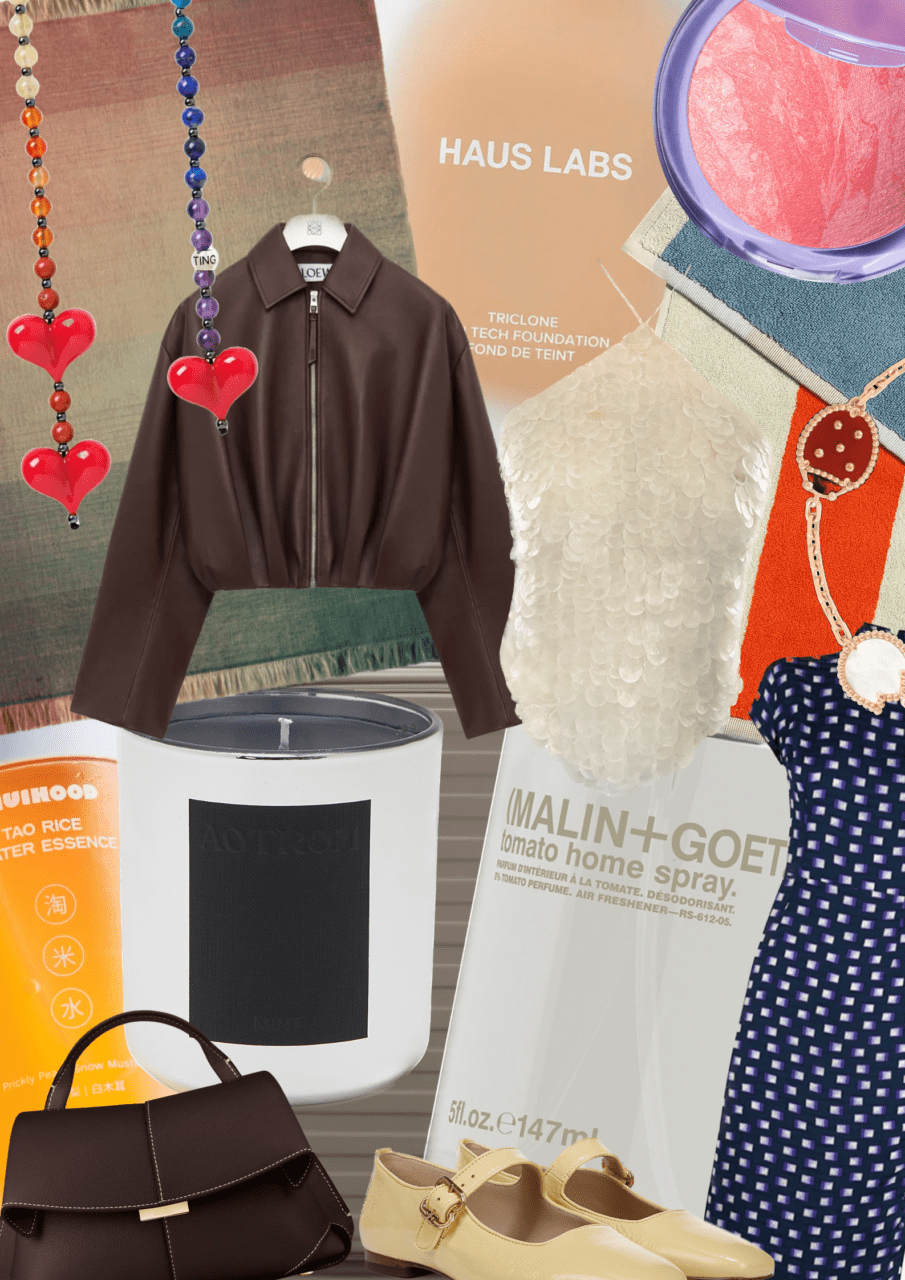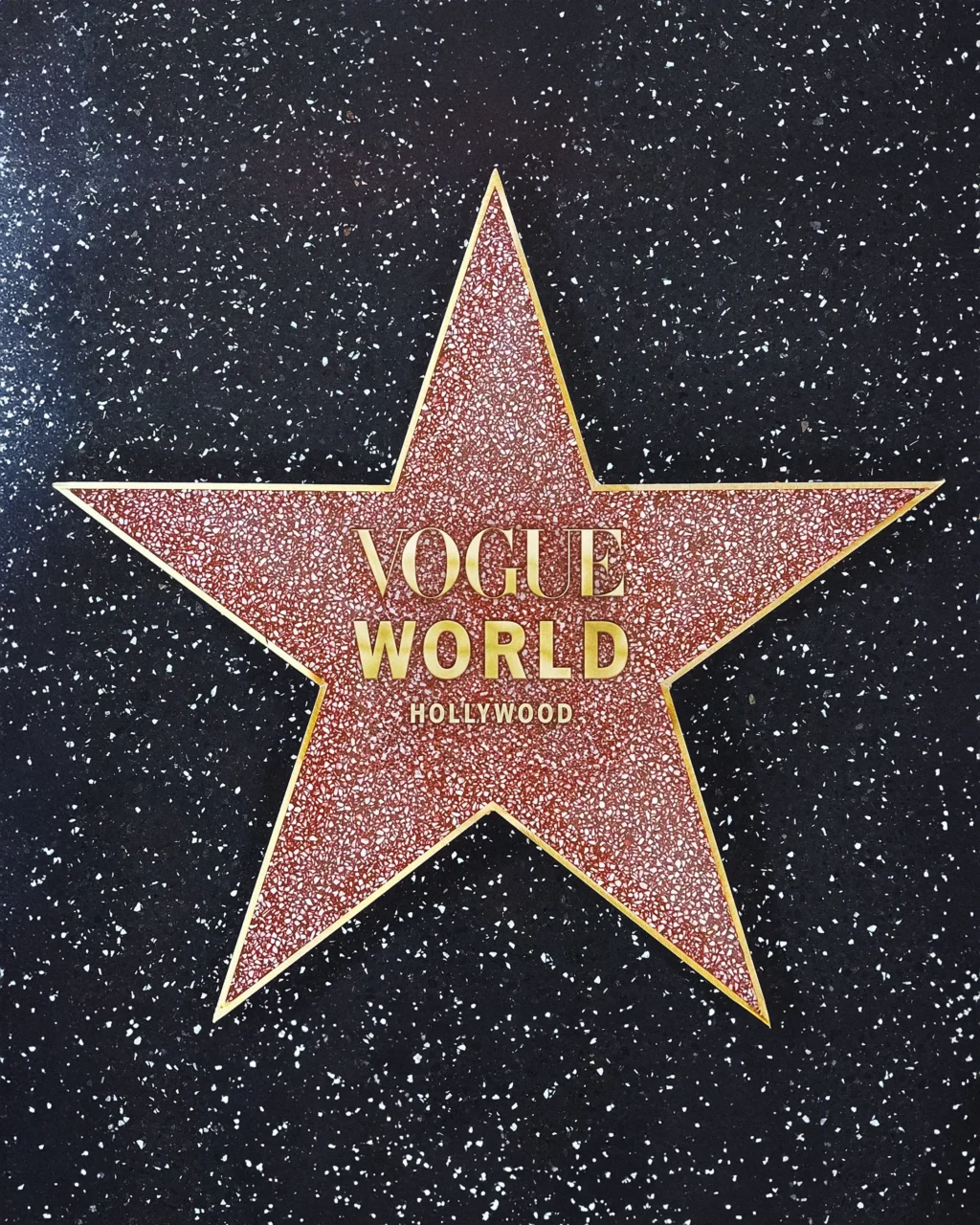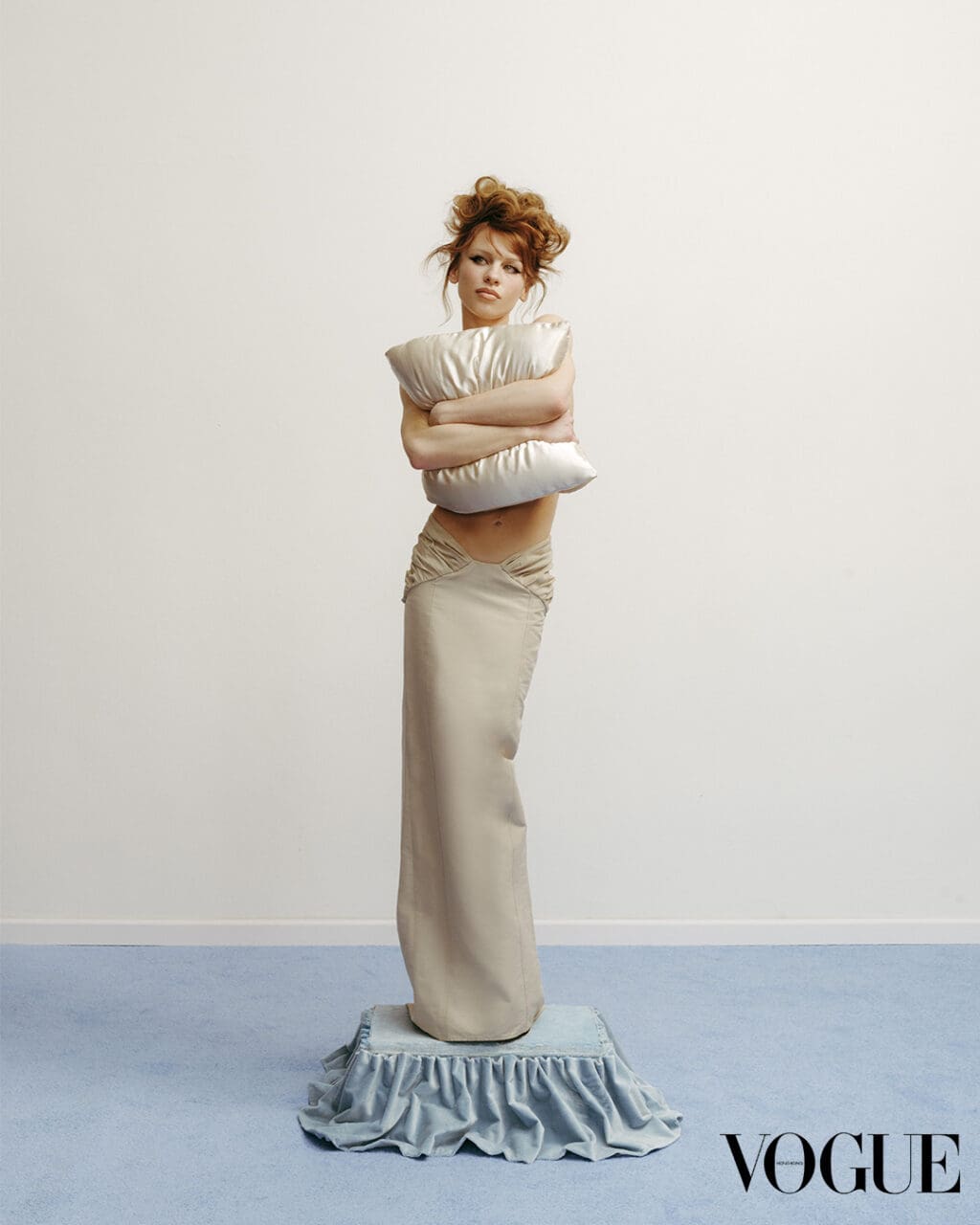Virginie Viard’s first Métiers d’Art show at the helm of Chanel saw her transform the Grand Palais into a recreation of Gabrielle Chanel’s 31 Rue Cambon apartment, down to the famous mirrored staircase where her designs were originally presented. Running through the collection were hieroglyphics nodding to Chanel’s founder: the camellias she wore on her lapels; the gilded lion heads she favoured as a Leo; and sheaves of wheat, her favourite good luck charm. “I like mixing them up – the codes invented by Gabrielle Chanel and rendered sublime by Karl Lagerfeld,” Viard told British Vogue.
Fortunately, in spite of the pandemic, Viard’s second Métiers d’Art collection promises to be no less exquisite – starting with its historic location. Specifically, the latest works from Chanel’s ateliers will be presented against the backdrop of the Château de Chenonceau, the crown jewel of the Loire Valley and the most-visited castle in France after the palace of Versailles. Set over the River Cher, with its façade reflected dramatically in the water, the building’s architecture is largely the work of Catherine de’ Medici, one of the many Renaissance figures to inspire Mademoiselle Chanel through the years. “I have always been struck by a strange feeling of sympathy and admiration towards the women who lived from François I to Louis XVIII, perhaps because I find them all to be great, with a magnificent simplicity and a majesty imbued with onerous duties,” she once said in an interview with the Revue des Sports et du Monde in 1936.
De’ Medici first seized Chenonceau from her husband’s mistress Diane de Poitiers following his death in 1559 – then spent the next 30 years transforming it into a masterpiece, complete with fragrant Italian gardens where she could enjoy some semblance of privacy with her ladies in waiting. Her monogram, comprised of a pair of intertwined Cs, can still be seen inscribed in various places around the structure today – and bears a striking resemblance to Chanel’s double C logo. After De’ Medici’s death, Chenonceau continued to evolve with its succession of mistresses. After the assassination of her husband Henry III, Louise de Lorraine turned the castle into a dark memento mori-filled retreat – even adorning the walls with bones – while in the 18th-century, George Sands’s great-grandmother-in-law, the feminist Louise Dupin, frequently hosted Rousseau there, inspiring his philosophy in the process.
With the usual FROW absent from this year’s Métiers d’Art presentation due to Covid-19, attention will be wholly on the creations of Chanel’s ateliers during the house’s livestream at 6pm GMT on 3 December – from Lemarié’s plumasserie to Lognon’s pleating. And if you find yourself particularly moved by the craftsmanship on display? Start planning a trip to Paris for next year, when 11 of Chanel’s ateliers will settle into a Rudy Ricciotti-designed location in the 19th arrondissement.
Editor
Hayley MaitlandCredit
Lead image: Masci Giuseppe/AGF/Universal Images Group via Getty Images





